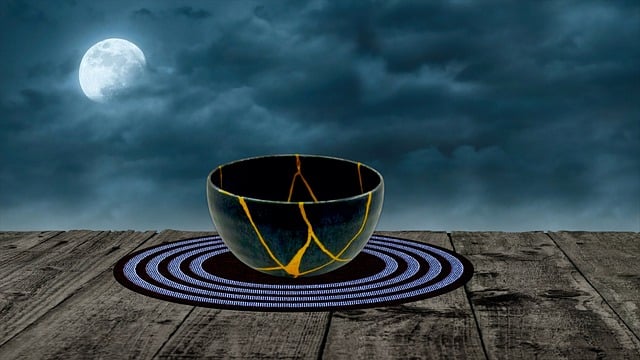Sensitive teeth need tough toothpaste, but technology can also help. Researchers at the Indian Institute of Science (IISc) in collaboration with deep-tech startup Theranautilus have now engineered CalBots – magnetic nanobots that can penetrate deep into dentinal tubules, which are tiny tunnels in teeth that lead to nerve endings. These CalBots can then form durable seals for worn enamel, offering lasting relief from sensitivity in just one application. The study is published in Advanced Science .
The CalBots use a completely new class of bioceramic cement. While bioceramics are widely used in orthopaedics and dentistry for their mineralising properties, the team wanted a solution tailored for hypersensitivity – a formulation that could travel deeper and last longer.
"We didn't want to create a slightly better version of what's already out there," says Shanmukh Peddi, first author of the study and postdoctoral researcher at the Centre for Nano Science and Engineering (CeNSE), IISc, and co-founder of Theranautilus. "We wanted a technology that solves a real problem in a way that no one's attempted before."
Dental hypersensitivity affects nearly one in four people worldwide. It occurs when microscopic tubules in the dentine – the layer beneath the enamel –become exposed due to erosion or gum recession. These tiny tubules lead directly to nerve endings, which is why even a sip of cold water can cause a sudden, stabbing pain. Most current solutions, such as desensitising toothpastes, offer only surface-level relief and need to be reapplied regularly.
CalBots, however, are different. These 400 nanometre-sized magnetic particles, loaded with a proprietary calcium silicate-based bioceramic formula, are guided by an external magnetic field deep into the exposed tubules. They can reach depths of up to 300-500 micrometers inside the tubules. Once there, the bots self-assemble into stable, cement-like plugs that block the tubules and recreate a durable seal that mimics the natural environment of the tooth.
To test their innovation, the team used human teeth extracted for clinical reasons and created conditions where the dentine was exposed. On these samples, they applied CalBots under a magnetic field for 20 minutes, during which the bots sealed the dentinal tubules by forming deep, stable plugs – a result confirmed through high-resolution imaging. Encouraged by this, they progressed to animal trials in collaboration with researchers at IISc's Center for Neuroscience. It involved giving mice a choice between cold and room temperature water. Healthy mice preferred both equally. But the mice with induced tooth sensitivity avoided the cold water completely.
"After we treated the sensitive mice with our CalBot solution, they started drinking cold water again – the treatment worked like a charm. We saw 100% behavioural recovery. That was a big moment for us," Peddi says.
The CalBots are composed entirely of materials classified as 'Generally Recognised as Safe' (GRAS), ensuring high biocompatibility. Toxicity tests on mice showed no adverse effects. "This is a compelling demonstration of what nanorobotics can achieve, and how they could significantly impact future healthcare," says Ambarish Ghosh, Professor at CeNSE and one of the corresponding authors of the study. "We're excited to see this work progress toward clinical use."
While the immediate goal is to relieve sensitivity, the implications of this work extend much further. "We've created a regenerative, active nanomaterial – a step towards the kind of 'tiny mechanical surgeons' Richard Feynman once envisioned," says Debayan Dasgupta, former PhD student at CeNSE, co-founder of Theranautilus and one of the corresponding authors.
"This is something we've worked towards silently for years," adds Peddi. "And the fact that we've done it here, in India, makes us very happy."






